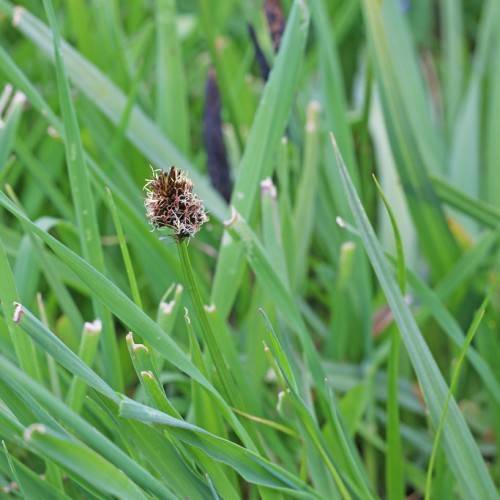
Jones' Sedge
Carex jonesii
Watering:
Minimal
Hardiness Zone:
Sun:
full sun,part shade
Leaf:
Yes
Growth Rate:
Low
Drought Tolerant:
Yes
Salt Tolerant:
Yes
watering
Watering of sedge (Carex interior x) should be done regularly, generally 2 to 3 times per week, depending on the size and environment. Be sure to check the soil each time to make sure it is not overly wet and then water accordingly, concentrating on soaking the soil. The best time to water sedge is in the morning, as this prevents the leaves and flowers from drying out and allows the foliage to enjoy the benefit of the sun. If the weather is hot, check the soil once again in the afternoon and water if needed.
sunlight
Sedge (Carex interior x) plants thrive in sunny locations that get at least 4 to 6 hours of direct sunlight per day. The optimum amount of sunlight for this species of plant is between 6 and 8 hours per day. They prefer full sun exposure from the early morning to the late afternoon. During midday, the light intensity should be filtered to avoid wilting or scorching of the leaves. If the temperatures get too high, a midday rest is important to avoid stressing the plant. For optimum growth, the plant should receive its full sunlight allotment during the growing season.
pruning
Sedge (Carex interior x) should be pruned in the early spring, shortly before new growth begins. Pruning can be done with pruners, shears, or a hedge trimmer. Remove dead or unhealthy looking foliage and stems. For general maintenance, thin out the foliage to keep an open appearance and remove stems that are overgrown and crowding others. Follow up with a light trim to the overall shape of the plant to maintain its desired shape. Avoid pruning in late summer or fall to prevent causing damage during colder temperatures.
